Ear Surgery
Mastoidectomy is an operation used to remove disease from bone behind the ear when medical management is inadequate. There need not be excessive drainage or ear pain for mastoid disease to exist. Sometimes a mastoidectomy is required in order to gain better exposure to the middle ear, and an area over the middle ear called the attic.
Myringotomy with or without tympanostomy tube insertion is the most commonly performed ear operation. It is extremely safe and effective. Complications are minor, and usually in the form of infection which may be treated with antibiotics. The tube usually remains in place for several months, although it may be rejected sooner, or remain in place for years. As long as there is a tube in the ear, care should be taken to avoid water contamination, especially bath water. Using earplugs, or if desired, a bathing cap will help. Also, cotton balls with Vaseline might be more appropriate for younger children or patients with sensitive ear canals. Occasionally the tympanic membrane fails to heal after tubes have been removed, and the resultant perforation may require surgical repair. In some cases, particularly when there is a family history of chronic ear disease, tympanostomy tubes may need to be replaced. Hearing improvement is usually immediate after fluid has been removed from the ear. Failure to improve hearing indicates a second problem in the middle or inner ear.
Although complications do not often occur, they include persistent ear drainage, infection of the mastoid cavity, and hearing loss. Facial nerve injury, or paralysis of the face on the side of the injury is a rare but potential hazard in mastoid surgery. There may be dizziness for a short period of time after surgery, but this is rarely permanent. Loss of taste on the side of the tongue that lasts a few weeks may occur, but may also be permanent.

